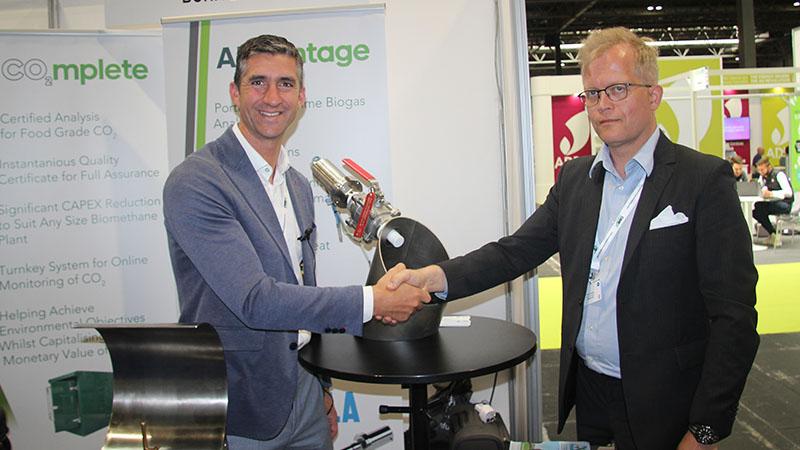Ramping up the Green-Shift
The climate emergency and the energy crisis are combining to create a perfect storm of global challenges. Urgent international initiatives are therefore underway, and Methane is at the heart of many of them. After Carbon Dioxide, Methane is the most abundant anthropogenic greenhouse gas (GHG), accounting for about 20 percent of global emissions. However, Methane has over 25 times the global warming potential of Carbon Dioxide, and it is less persistent in the atmosphere, so Methane emissions reduction offers an opportunity for rapid action on climate change. Similarly, the displacement of natural gas (a fossil fuel) with biogas offers further climate friendly opportunities.
According to the World Biogas Association, anaerobic digestion (AD) has the potential to reduce global GHG emissions by 10-13%. This is achieved through the generation of renewable energy in the form of biogas from the anaerobic digestion of wastes and landfill gas, combined with emissions avoided through the management of organic wastes, and avoided fossil fertilizer manufacture, crop burning and deforestation.
Launched at COP26 in 2021, the Global Methane Pledge invites participants to take voluntary actions to contribute to a collective effort to reduce global Methane emissions by at least 30 percent by 2030 compared with 2020 levels. With over 100 countries on board, representing nearly 50% of global anthropogenic Methane emissions and over two thirds of global GDP, the Pledge goal could prevent more than 8 gigatons of Carbon Dioxide equivalent emissions from reaching the atmosphere annually by 2030.
All process managers understand the importance of process monitoring, but given the global significance and urgency of the energy and climate crises, the need for accurate and reliable monitoring in biogas processes has never been higher. To meet this requirement, Vaisala has developed unique inline multigas probes, and has recently partnered with Bohr Limited in the UK, to develop a transportable version of this technology, so that a wider audience can experience the benefits of continuous monitoring. “Accurate, reliable, continuous data provides valuable insights for process efficiency,” explains Bohr’s Tony Wimpenny. “This monitoring underpins all of our services, so it is important that we employ the best available technology, which is why we are working with Vaisala to develop monitoring solutions based on their MGP multigas probes.”
Vaisala’s MGP261 probe was designed to monitor Methane, Carbon Dioxide and Humidity in fixed installations at biogas plants, but Bohr has developed a transportable version, the ‘ADvantage’. This technology was launched at the World Biogas Expo 2022 in the UK, generating high levels of interest from visitors looking for ways to improve control of biogas production, optimize heat exchangers, tune CHP units, avoid downtime, reduce waste and manage feedstocks efficiently.
As a transportable device, this technology provides customers with the opportunity to investigate the benefits of continuous monitoring by renting the unit for a month or two from Bohr, before deciding on whether to install a fixed monitoring system. At the same time, Bohr’s technical staff can leverage the value of the data to improve the financial and environmental performance of biogas production.
Measurement data is essential because it provides plant managers with a better understanding of their processes; enabling them to discover trends and track the impact of changes to the process or feedstocks. Additionally, a sister product, the Vaisala MGP262 has been specifically designed for monitoring the biogas upgrading process to improve final product quality and reduce Methane slip. Vaisala’s multigas probes are also employed where plants enhance biogas yield by recirculating Carbon Dioxide to the anaerobic digester together with green Hydrogen produced with excess electricity from wind power, for example.
There are numerous points in the biogas process where Methane, Moisture and Carbon Dioxide measurements are valuable. However, the MGP probes are also being deployed, in conjunction with other Vaisala Carbon Dioxide sensors, in applications such as Carbon Capture Utilization and Storage, and in processes where data on the quality of reclaimed Carbon Dioxide is necessary.
In summary, governments around the world are ramping up their decarbonization initiatives, and Vaisala’s innovative monitoring technologies are helping them to ensure that the Green Shift is underpinned by reliable data.
